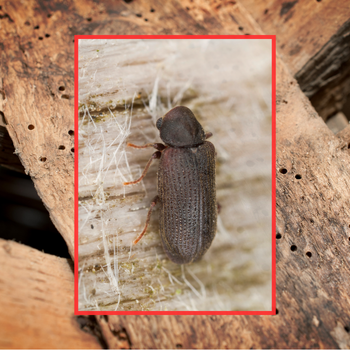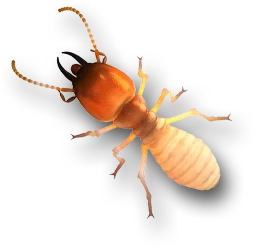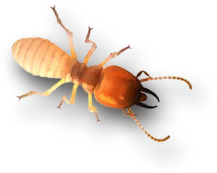
Borers are insects which can negatively affect timber. The larval (grub) stage tunnels through the timber causing damage. The first sign of a borer infestation is small pin holes in the timber, as this is the hole where the adult borer has emerged from the wood. The adult will only live for a short period of time. After mating the female will inject her eggs into the pores of the timber.
Once the female lays her eggs in the pores of the timbers, larvae feed upon starch and other nutrients in the sapwood. Some timbers where the sapwood has insufficient starch, or its pores are too narrow for the female’s ovipositor, should be immune to attack. However, conducive conditions such as high moisture and poor ventilation can open the pores of the timber and allow borer attack.
Borers are known to attack old furniture and structural timbers such as flooring, bearers and joists and roofing timbers.
Borer Treatment Options
Our Borer treatment is applied to all accessible timber surfaces throughout the roof void and/or subfloor areas using a timber-saver Boric acid treatment. This treatment will kill the adult beetles as they emerge from the timber before they have an opportunity to mate and reinfest. Call the leaders in Pest Control in Melbourne for Borer treatment options.

Signs of Borer Attack
Trees infested with the ash borer or the carpenterworm show the following symptoms:
Holes 1/8 to one inch in diameter extending into the trunks or branches; the holes may be few and scattered or they may occur in groups, frequently at the base of the tree or at the lower branch levels. If the holes occur in groups they are often associated with dead and sunken areas on the stems and branches.
Small to large masses of frass borings clinging to the trunks or branches, or occurring on the ground at the base of the trees. The frass is ejected by the borers in order to keep the burrows open and is most noticeable from May to July.
Swollen bands or ridges on the stems and branches of small trees; especially noticeable on green ash trees with thin, smooth bark.
Rough, enlarged areas on the trunks frequently covered with dead, loose bark which conceals the burrow openings and masses of dark, wet borings; chiefly noticeable on poplars which may also have dead branches and dying tops and on elms.



